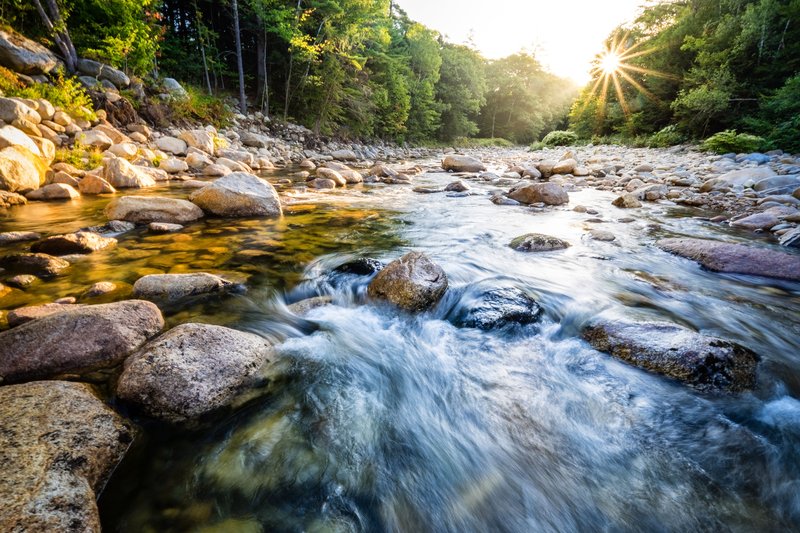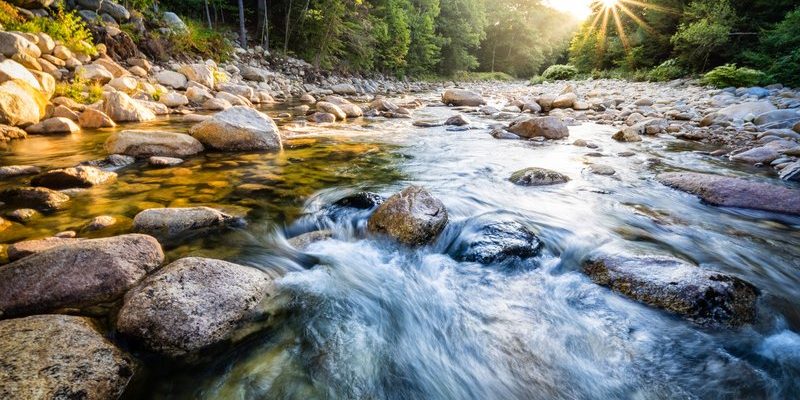
Let’s dive into the world of river otters, exploring how they raise their young. Picture a cozy family nestled in a riverbank den, with the mother otter teaching her pups everything they need to know. You might be surprised to find out just how hands-on these parents are. So, grab your favorite drink, and let’s learn about the art of otter parenting together!
Where Do River Otters Live?
River otters can be found across North America, especially near rivers, lakes, and wetlands. They thrive in environments that offer plenty of water and ample food sources. Their habitat includes everything from lush forests to marshes. Like a kid in a candy store, they enjoy exploring these diverse landscapes.
These clever animals prefer places where they can easily find shelter. They often create dens in riverbanks or use abandoned burrows from other animals. The locations they choose are typically near to water, which is essential for hunting and feeding their young. When establishing a safe home, river otters often consider factors like safety from predators and proximity to food.
Here’s why their habitat is vital for raising their young:
- Safety: A well-chosen den protects otter pups from threats like eagles or larger mammals.
- Access to Food: Living close to water sources means easy access to fish, crustaceans, and other tasty snacks.
- Environment: A healthy habitat allows young otters to learn hunting skills in a stimulating environment.
When Do River Otters Have Their Young?
River otters are generally known for their lively nature, but they also have a very specific breeding season. Usually, they mate in late winter, around January to March, with a gestation period of about 60 to 63 days. After this period, the female otter will give birth to a litter of up to six pups.
You might be wondering how it is that river otters can have their young during these cooler months. The secret lies in the unique way they manage their time. They can delay implantation of the fertilized egg, allowing them to wait for more favorable conditions. This means that otter pups are born in early spring, when food is abundant, and the weather is more hospitable.
As the pups arrive, these tiny furballs are born blind and nearly helpless. It’s a crucial period, as the mother must ensure they are safe and nurtured. This is where the mother otter’s dedication really shines through.
How Do Mother Otters Care for Their Young?
The care mother otters provide is both intensive and loving. After giving birth, the mother focuses solely on her pups. She’ll keep them in the den for the first few weeks, providing warmth and safety. It’s like her cozy little bubble, where she nourishes them, keeping them close while they grow stronger.
Mother otters are incredibly attentive. They nurse their young for about 3 to 4 months, making sure they receive the nutrition they need to develop. You might see her gently grooming them, which not only keeps them clean but also strengthens their bond. This affectionate behavior is crucial because it helps the pups feel secure in their new world.
As the pups grow, the mother begins introducing them to water. A little swimming lesson is on the agenda! Otters are instinctual swimmers, but early exposure helps them learn how to paddle and dive effectively. This early training is essential for their survival, and the mother plays a key role in guiding them through this process.
What Do Otter Pups Eat?
As the pups develop and transition from nursing, they begin to eat solid food. Initially, mother otters catch small fish, invertebrates, and even some plants to feed their little ones. She often brings food back to the den, breaking it down into manageable pieces for her pups. Imagine a parent carefully preparing a meal for their child, ensuring every bite is just right!
As the young otters grow and become more adept at swimming, the mother encourages them to join her on hunting trips. This is where the real fun begins. Playing in the water while learning to forage becomes an essential part of the young otters’ development, and it’s also a great bonding experience.
Here’s a quick overview of what an otter pup might eat as they grow:
- Fish: Salmon and trout are favorites, thanks to their abundance in rivers.
- Crustaceans: Crayfish and crabs are moderate-sized snacks that pups learn to hunt.
- Invertebrates: Water bugs and other small creatures make for easy and nutritious meals.
Teaching Life Skills
Beyond feeding, the role of the mother otter is to teach her young essential life skills. This includes hunting techniques, social behaviors, and even how to navigate their environment. Imagine a mother teaching her child how to ride a bike—there’s extra encouragement, a few bumps, and lots of laughs.
As the pups become more comfortable in the water, the mother lets them practice catching their own food. She’ll watch closely, offering guidance and correction if they struggle. Each hunting trip acts as a lesson, where the young otters learn by doing. They imitate their mother’s movements and pick up on her techniques.
Social interaction is also a big part of otter life. The mother encourages play among the pups. They wrestle, chase each other, and playfully splash one another, all while honing their social skills. These interactions help them develop teamwork and communication, which is essential for their future roles in group living.
Independence and Leaving the Nest
As summer approaches and the pups near the age of a few months, they start to gain independence. It’s a bittersweet moment for the mother otter, who has nurtured, taught, and cared for her young. Typically, otter pups will stay with their mother for about six months, learning everything they need to know to survive on their own.
During this time, their playful nature doesn’t fade; it’s a crucial part of their learning. The mother will gradually encourage exploration and self-sufficiency, knowing it’s time for her pups to take on the world. Just like a parent who encourages their child to go to college, she’s preparing them to thrive independently.
Eventually, the pups will venture out to set up their own territories. They’ll often stay close to their mother for a bit longer, but she’ll slowly pull back, allowing them to find their own paths. The cycle of life continues, as they’ll one day become parents themselves, nurturing the next generation of river otters.
Why River Otter Parenting Matters
Understanding how river otters raise their young is essential for conservation efforts. As habitats are threatened by pollution and urbanization, it’s crucial to recognize the importance of secure environments for these animals. Healthy family dynamics among otters help to maintain biodiversity in their ecosystems.
Moreover, otters are indicators of water quality and ecosystem health. When you see otters thriving, it means the surrounding environment is also in good shape. Supporting conservation initiatives helps ensure that river otters can continue to flourish, nurturing future generations.
So, the next time you see a river otter splashing in the water, remember the incredible journey they’ve taken from tiny pups to confident, independent adults. It’s a reminder that even the smallest creatures have complex lives and nurturing ways that deserve our respect and protection.
As we’ve seen, river otters are not just adorable; they are dedicated parents, teaching and nurturing their young in ways that enhance their survival and lead to the continuation of their species. By understanding these amazing creatures, we gain a greater appreciation for the natural world and the delicate balance it maintains.

